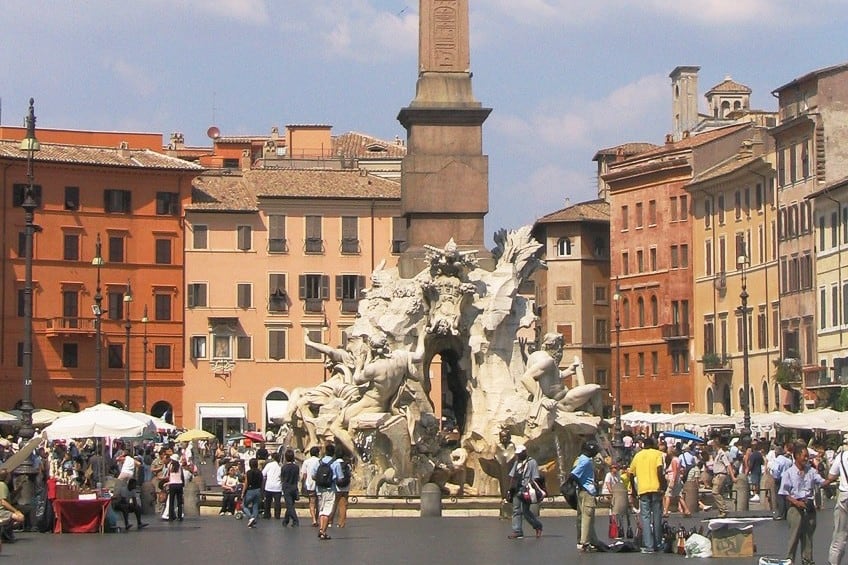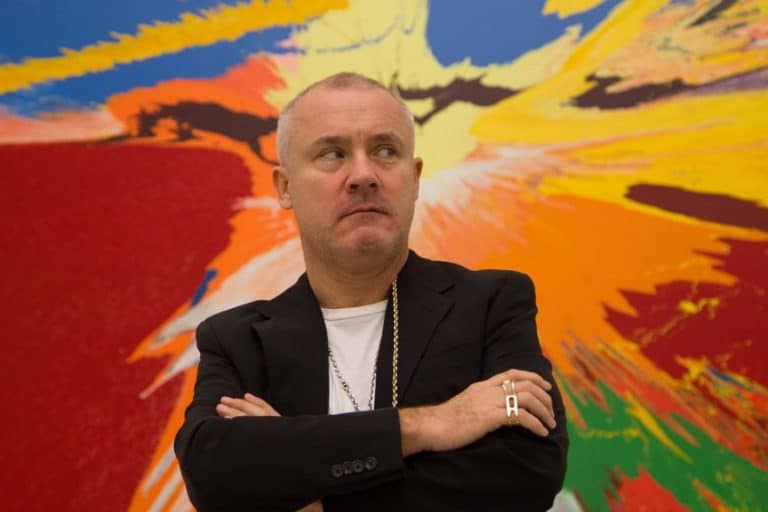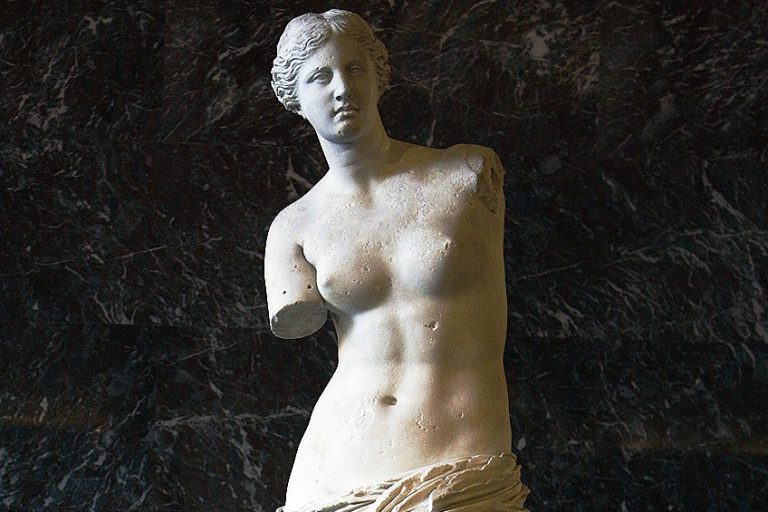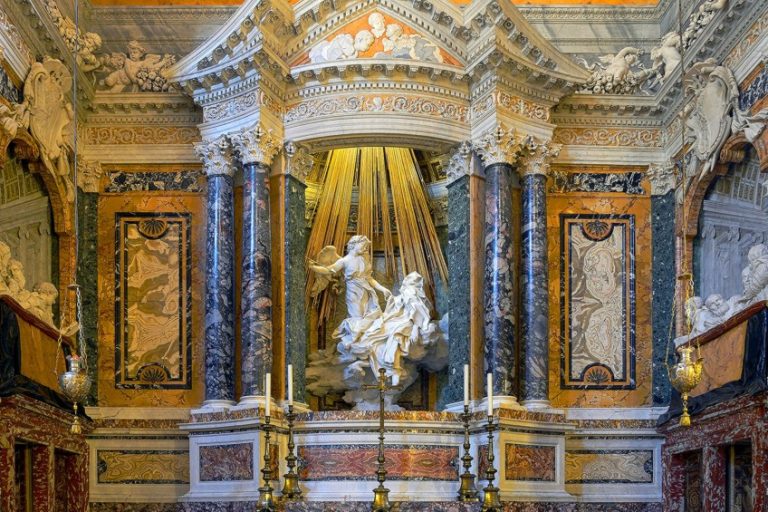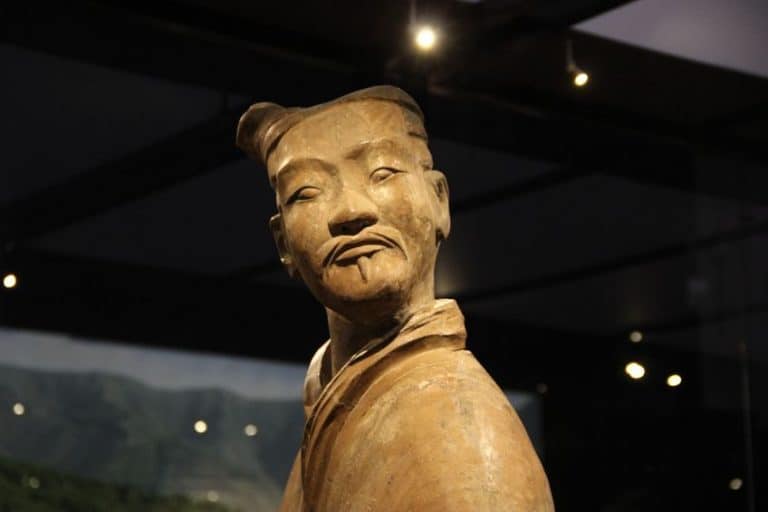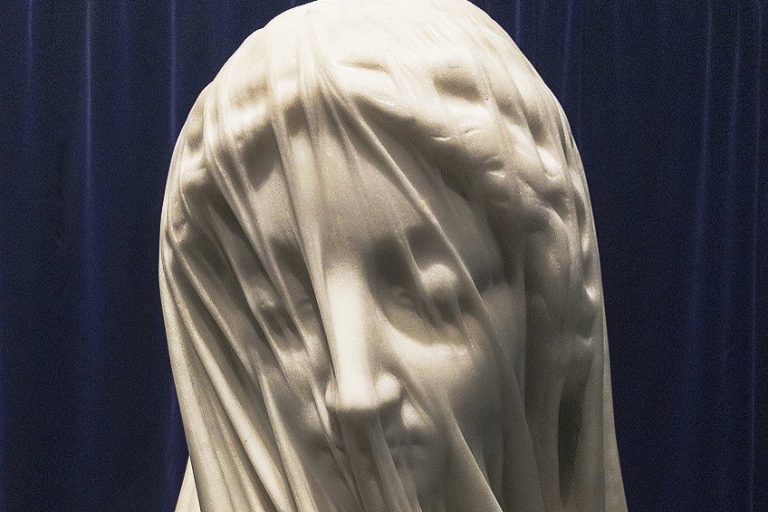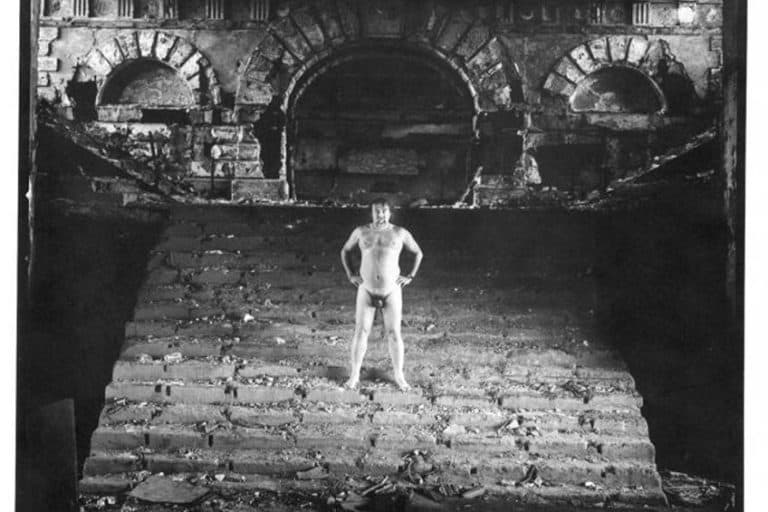“Fountain of the Four Rivers” by Gian Lorenzo Bernini – A Look
Designed in 1651, the Fountain of the Four Rivers by Gian Lorenzo Bernini (also known as the Fontana dei Quatro Fiumi), is located in the Piazza Navona in Rome, Italy. The Fiumi Fountain was created for Pope Innocent X, whose Palazzo Pamphili overlooked the piazza. Regarded as one of the most renowned of Bernini’s fountains, let’s find out more about the Fountain of the Four Rivers by Gian Lorenzo Bernini below.
Table of Contents
The Importance of the Fountain of the Four Rivers by Gian Lorenzo Bernini
| Artist | Gian Lorenzo Bernini (1598 – 1680) |
| Date Created | 1651 |
| Medium | Travertine |
| Height (meters) | 12.19 |
| Location | Piazza Navona, Rome, Italy |
The fountain’s base consists of a basin from which four various river gods are supported by travertine rocks, and above them is a replica of an Egyptian obelisk capped with the Pamphili family crest of a dove holding an olive branch. Together, they stand for the four principal rivers of the four continents through which papal power had spread: the Rio de la Plata for the Americas, the Danube for Europe, the Ganges for Asia, and the Nile for Africa.
In Rome, public fountains such as the “Fontana dei Quatro Fiumi” fulfilled various functions.

In the years before indoor plumbing, they provided neighbors with much-needed water supplies. They also served as tributes to the papal patronage. The Fountain of the Moor and the Neptune and Triton whose statues are now housed at the Victoria and Albert Museum in London, were earlier examples of Bernini’s fountains.
Design of the Fiumi Fountain
There was just one sculptor who was capable of creating such a masterpiece, but he wasn’t meant to compete. Gian Lorenzo Bernini was actually forbidden from putting his name forward for the design of the new Piazza Navona fountain. Master Bernini had collaborated closely with the preceding pontiff, Pope Urban VIII, rivals of the Pamphilis. Bernini was unpopular with his current government, but that wasn’t going to stop him from entering!
Nonetheless, Bernini recognized his worth and created the stunning fountain we see today. It served as both a symbol of the Catholic Church’s authority as well as a nod to the pope’s family lineage. When Pope Innocent X saw Bernini’s design, he immediately commissioned it.
According to legend, the pope recruited him despite his intentions not to because he thought he had no other real option. “The only way not to hire Bernini is never to see his designs”, the pope is believed to have said. The Four Rivers Fountain is presently the largest and possibly most famous of Bernini’s fountains. Bernini’s pupils assisted the master in designing and building the monument, which was popular in Italian art at the time.
Bernini has created an icon without precedent with Fontana dei Quatro Fiumi. The spectacular presentation of the monument to the city of Rome, as well as the people’s awe at the realistic figures, is described in contemporary literature. The fountain epitomizes Baroque theatricality. With its extremely dramatic, evocative, and individualized characters, dynamically spurting water, and an abundance of unusual and appealing sculptural features, some have described it as a form of play in the round. The masterpiece affected the design of Italian fountains for the next century.
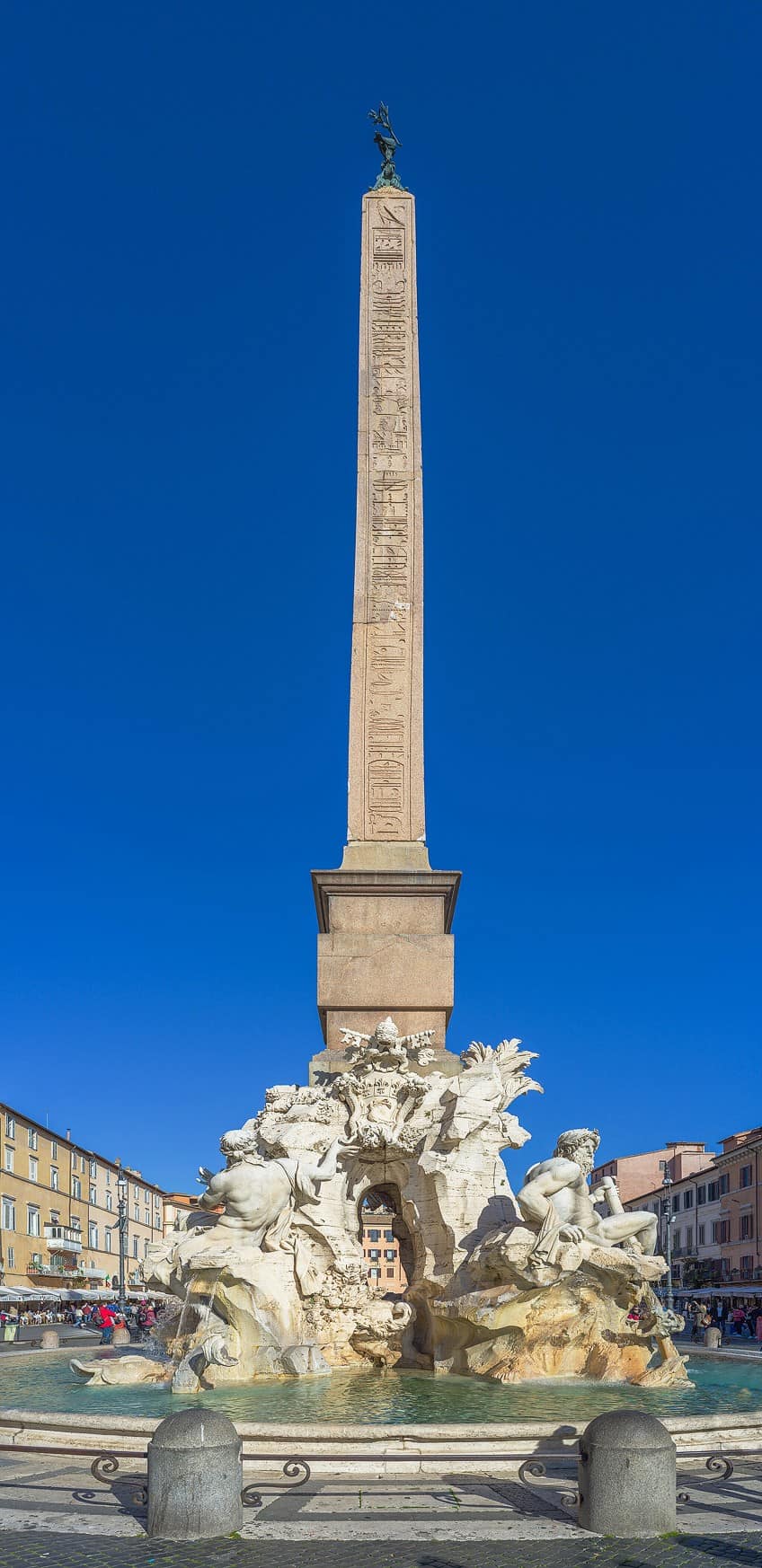
Each of the figures represented in the fountain features various plants and animals that help with identification, and every one of them also has certain associated allegories and metaphors attached to them. The Ganges is represented by a long oar, a symbol of the river’s navigability. The Nile’s head is wrapped with a loose piece of fabric, indicating that nobody knew where the source of the Nile was at the time.
Because it is the largest river nearest to Rome, the Danube reaches the personal coat of arms of the pope. And the Rio de la Plata can be seen seated on a heap of coins, a symbol of the wealth America could provide Europe. Also, the Rio de la Plata appears to be frightened by a snake, representing wealthy men’s concern that their money could be taken away from them. Furthermore, the Fiumi Fountain can be walked around and enjoyed from every angle. Water pours and sprays from the jagged and perforated travertine marble.
A popular tour guide legend maintains that Bernini positioned the frightened Rio de la Plata River as though one of the figures was horrified by the sight of the church of Sant’Agnese’s facade; in reality, however, the “Fiumi Fountain” was actually completed several years before Borromini started construction on the church.
The Aswan granite obelisk has a very fascinating history. It is associated with Emperor Domitian and is believed to have originated from the Serapeum, which the emperor erected in 80 CE. It is also possible that the obelisk came from Domitian’s Temple of the Gens Flavia on Quirinal Hill, which was devoted to his family cult.
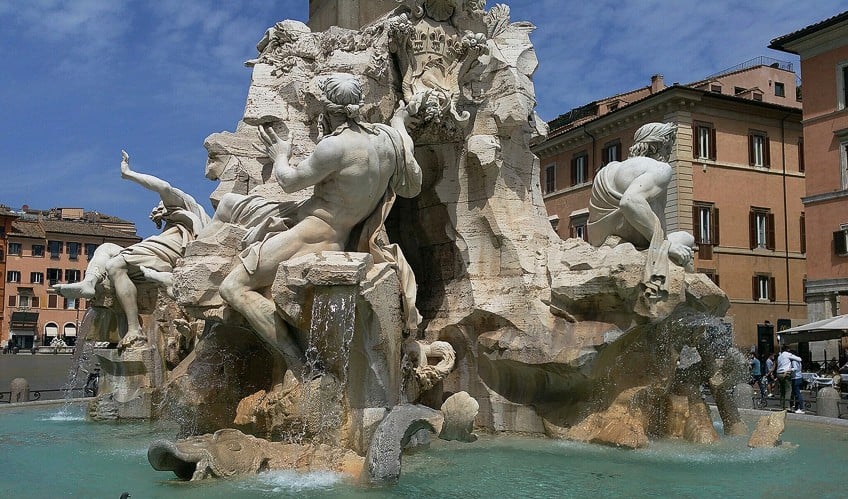
The hieroglyphic writings on the obelisk were written by Romans and offered a hymn to Domitian as well as the deified rulers Titus and Vespasian, probably on the occasion of an edifice being restored. The obelisk was subsequently transported to the Circus of Emperor Maxentius in the 4th century, between the tomb of Cecilia Metella and the Church of St. Sebastian and along the Appian Way, when it was rediscovered and then moved to the Fontana dei Quatro Fiumi Fountain.
The circus, as well as the adjoining mausoleum and villa, were thought to belong to Emperor Caracalla until excavations by Antonio Nibby in 1825 when an inscription pointing to the site’s actual ownership was discovered. A tablet with Kircher’s translation of the obelisk’s hieroglyphs into Latin may be found at each of the obelisk’s four locations. Bernini’s design for the fountain was strongly influenced by the style of the fountain at Marino, Lazio, which was built to commemorate the Ottoman defeat in 1571 at Lepanto.
This fountain inspired Francesco Robba to create the Robba Fountain, which is located in Town Square in Ljubljana, Slovenia’s capital.
It is one of the most identifiable icons in the entire city. When compared to previous Roman projects, the dynamic synthesis of architecture and art made this fountain groundbreaking, and it was arguably the finest water display in any urban setting in Europe at the time.
Unveiling of the Fiumi Fountain
On the 12th of June, 1651, the Fontana dei Quattro Fiumi was first presented to the people of Rome. According to a contemporaneous account, an event was planned to bring people to the Piazza Navona. Previously, wooden scaffolding draped with curtains had obscured the fountain, but not the obelisk, giving the impression that something was being constructed, but the particular details were unclear. The most visible object on the Pamphili coat of arms, an olive branch, was carried by the event’s participants. A lady costumed as the allegorical character of Fame was carried through the streets on a float, heralding the celebrations.
She was resplendently adorned, with a long trumpet in one hand and wings on her back. She moved through all the districts along Rome’s seven hills, frequently blowing the trumpet and encouraging people to make their way to the Piazza. Another carriage followed her, this time with another lady dressed as the mythological figure of Curiosity. She proceeded to urge the crowd to proceed to the piazza.
The process of publicly revealing the Fiumi Fountain is described in less depth in other reports of the event. However, full descriptions of the reactions of the onlookers assembled in the Piazza are provided. Once there, the gigantic fountain with its large lifelike figurines overwhelmed the city’s residents.
The fountain, which “gushes out an abundance of silvery treasures”, evoking “no little wonder” among the viewers, is mentioned in one account. The construction of the fountain was received with animosity by the citizens of Rome for a variety of reasons. First, amid the great famine of 1646-1648, Innocent X ordered the fountain to be created using public funds. The city protested and during its construction, there were talks of riots.

In September 1648, Pasquinade poets protested the fountain’s construction by affixing hand-written invectives to the stone blocks used to build the obelisk. The market traders were also opposed to the fountain’s construction after Innocent X removed them from the plaza. The Pamphilij pope thought they diminished the square’s magnificence. The sellers refused to leave the square, and the papal police were forced to chase them out. Roman Jews, particularly, were outraged at the Navona’s closure since they had been permitted to sell second-hand garments there.
The Creator of the Fiumi Fountain
This is perhaps the most famous of Bernini’s fountains in Rome. The spectacular water fountains and incredible sculptural embellishments, a genuine “theater in the round,” continue to enchant onlookers centuries after its creation. Bernini’s genius permanently changed the look of Rome and initiated the style that would define 17th-century Italian sculpture.
Bernini received several commissions throughout his career, much to the chagrin of other sculptors. He was one of the most respected and sought-after sculptors, with excellent skills. Contemporaries in Italy and France hailed the artist with long biographies, asserting his evident genius.

Naturally, Bernini had a loyal following, including Tadao Ando. From contemporary creators who served directly under him or fought with him for projects to modern artists who drew inspiration from his use of emotive multimedia design, a plethora of artists are grateful to Bernini for fostering the growth of their own styles. However, with the rise of Neoclassicism, praise faded and was replaced with harsh condemnation of the Baroque. Though Bernini and the Baroque fell out of favor for many years, he was then “rediscovered” in the 20th century as a genuine master of realism, gaining new appreciation and influence over a new generation of sculptors and painters that continues to this day.
The Era in Which the Fontana dei Quatro Fiumi Was Built
Bernini’s career occurred during the Italian Baroque’s height. The theological and political environment of 16th and 17th century Italy is closely linked to Baroque art: following the Protestant Reformation, the Catholic Church started its own Counter-Reformation to reinforce its hold on power and acquire new adherents to the faith. To accomplish this, church officials asked for innovative displays that would attract attention, arouse the senses, and uplift the soul: as a result, Baroque art is large, theatrical, and dramatic.
Bernini’s fountains and sculptures are distinguished by their theatricality, captivating drama, energy, tension, texture, and realism.
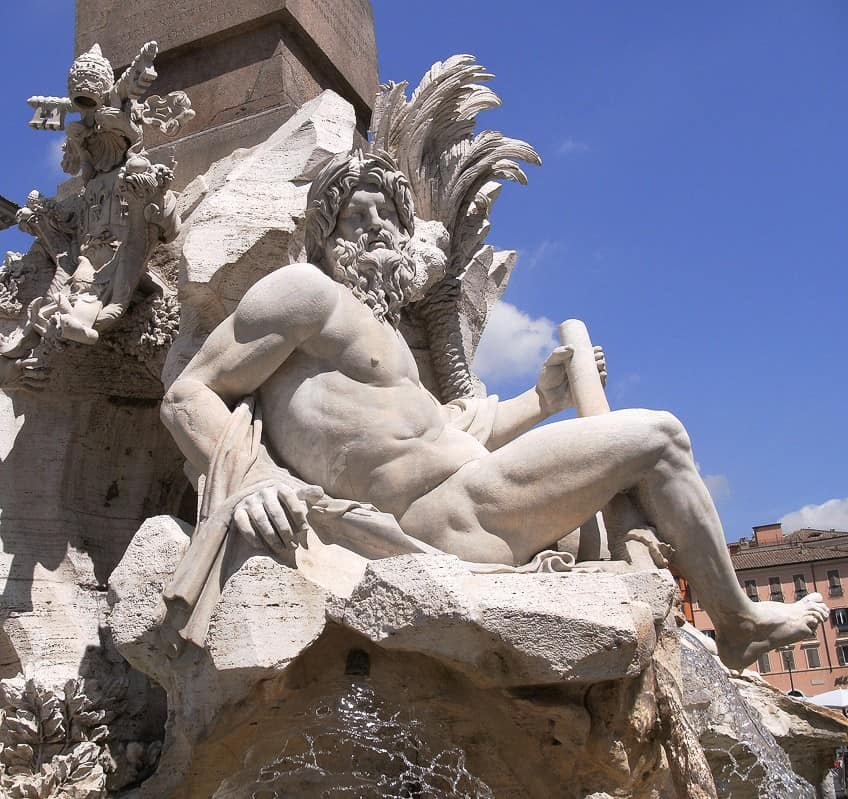
The last two characteristics (texture and realism) are possibly Bernini’s most distinctive: no one is capable of making stone convey curling hair, soft skin, or wrinkling clothes like Bernini. His sculptures are particularly notable for the thorough attention he devotes to the effects of light and shadow, which have historically been more significant to painters than sculptors. Bernini’s style is heavily influenced by Mannerism and Hellenistic sculpture.
The amazing Piazza Navona can be found nowhere else in the world. The history of Rome’s grandest and most fascinating public area, the piazza, dates back to antiquity when Domitian’s stadium was built on this spot. The circular racecourse, built between 81 and 86 CE, was most likely the venue of footraces and athletic competitions and was the first structure of its kind in the Eternal City.
The characteristic oval form of today’s Piazza Navona is a constant reminder of the site’s historic beginnings, some 2,000 years later. However, the golden period of Baroque Rome is responsible for the place we see today.
The plaza was a jumbled mess in the first decades of the 17th century. The all-powerful Pamphilj family had already begun remaking the huge plaza in their image, with the gigantic Palazzo Pamphili on the piazza’s western side rapidly expanding. The plaza, on the other hand, was an unkempt affair, the home of street festivals and vegetable booths developing around a massive animal watering trough in the center. All of that would change in the 1640s, owing to two of Italy’s most talented sons, Gian Lorenzo Bernini and Francesco Borromini.
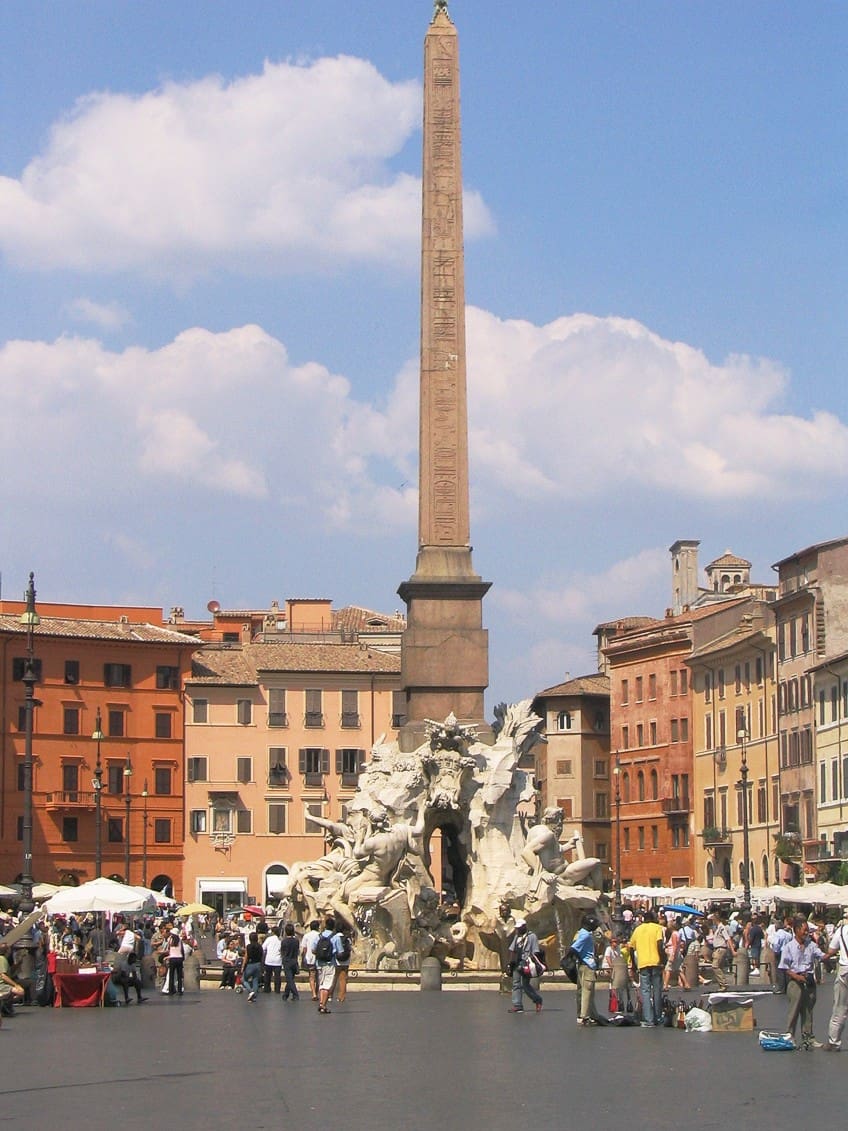
Piazza Navona, one of Rome’s largest squares, has several other attractions. The Neptune Fountain is the newest addition to the Piazza Navona plaza, constructed in 1878, and is situated at the northern edge of the plaza. It features numerous outstanding sculptures depicting Roman mythology. The fountain’s basin is older and It was designed in 1575 by architect Giacomo della Porta. Another of Bernini’s fountains, the Moor’s Fountain, can be seen on the piazza’s southern end. Giacomo della Porta, a Renaissance maestro, and Michaelangelo’s apprentice, produced it first, then Bernini added embellishments decades later.
The Museo di Roma is housed in Palazzo Braschi and features a superb collection of Italian art. It’s also architecturally noteworthy because it’s an exquisite example of an 18th-century palace.
Following the completion of the opulent Palazzo, the Pope directed the erection of a lavish nearby church that served as the family chapel. Started in 1652 and primarily planned by Rainaldi, his son Carlo, and later Francesco Borromini, the church’s undulating front and flashy marble-encrusted interior make Sant’Agnese in Agone one of Rome’s most important examples of Baroque architecture. This Baroque masterpiece is situated where the early Christian martyr Saint Agnes was martyred.
Bernini, who was well-known in the Pope’s bad books, was not initially among the artists asked to submit their designs for the fountain. Nonetheless, none of the suggestions that made it to the Pope were very compelling. Sensing an opportunity, Bernini’s friend, Prince Niccol Ludovisi, persuaded the sculptor to create his own version, which he arranged to be carried into the Palazzo. Pope Innocent was quickly defeated by his own good taste after viewing Bernini’s preeminent design, and had no option but to set personal animosity aside and employ Bernini to create the fountain. The lesson that we can take away from this is that genius will always triumph. Borromini was understandably enraged due to Bernini getting the job that he had wanted, and Bernini’s career was restored.
Frequently Asked Questions
Which Rivers Are Represented in the Fontana dei Quatro Fiumi?
Today, it’s easy to understand why the hesitant Pope was won over by Bernini’s design. Monumental personifications of the Ganges, Danube, Nile, and Plate Rivers rest on a rocky cliff erupting from the fountain’s flowing waters, sustaining the form of the ancient Egyptian structure ascending into the sky above. The hollowed-out grotto beneath this mountain of travertine provides the sense that the obelisk has defied terrestrial physics with its immense weight unsupported – a superb example of the type of Baroque illusionism that Bernini was known for.
What Does the Fountain of the Four Rivers by Gian Lorenzo Bernini Symbolize?
The four rivers in the fountain signify more than simply the rivers themselves: as stand-ins for the globe’s four recognized continents, the personifications take on a global meaning – the entire world in magnificent marble miniature. Symbolically, the fountain represents the Catholic Church’s worldwide mission and efforts to unite the globe under a Christian banner. And the symbolism goes much deeper: the four earthly rivers obviously mirror the four rivers of Paradise as told in Genesis, undoubtedly tying 17th-century Rome to the Garden of Eden.
Isabella studied at the University of Cape Town in South Africa and graduated with a Bachelor of Arts majoring in English Literature & Language and Psychology. Throughout her undergraduate years, she took Art History as an additional subject and absolutely loved it. Building on from her art history knowledge that began in high school, art has always been a particular area of fascination for her. From learning about artworks previously unknown to her, or sharpening her existing understanding of specific works, the ability to continue learning within this interesting sphere excites her greatly.
Her focal points of interest in art history encompass profiling specific artists and art movements, as it is these areas where she is able to really dig deep into the rich narrative of the art world. Additionally, she particularly enjoys exploring the different artistic styles of the 20th century, as well as the important impact that female artists have had on the development of art history.
Learn more about Isabella Meyer and the Art in Context Team.
Cite this Article
Isabella, Meyer, ““Fountain of the Four Rivers” by Gian Lorenzo Bernini – A Look.” Art in Context. August 11, 2023. URL: https://artincontext.org/fountain-of-the-four-rivers-by-gian-lorenzo-bernini/
Meyer, I. (2023, 11 August). “Fountain of the Four Rivers” by Gian Lorenzo Bernini – A Look. Art in Context. https://artincontext.org/fountain-of-the-four-rivers-by-gian-lorenzo-bernini/
Meyer, Isabella. ““Fountain of the Four Rivers” by Gian Lorenzo Bernini – A Look.” Art in Context, August 11, 2023. https://artincontext.org/fountain-of-the-four-rivers-by-gian-lorenzo-bernini/.


